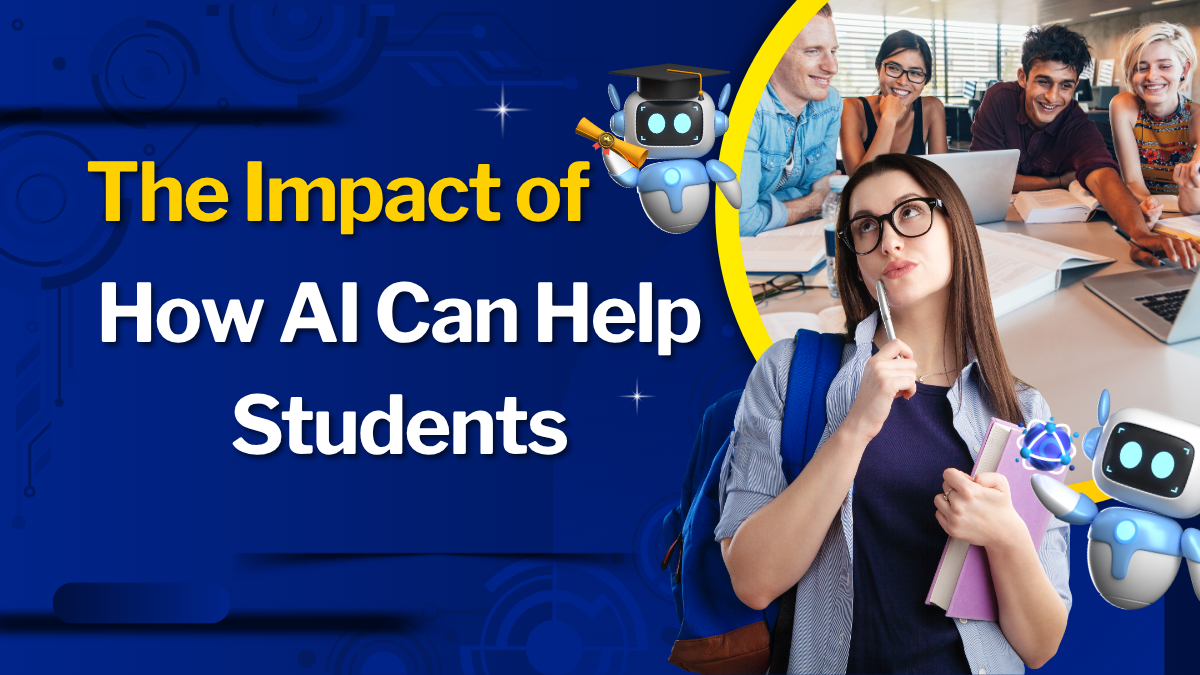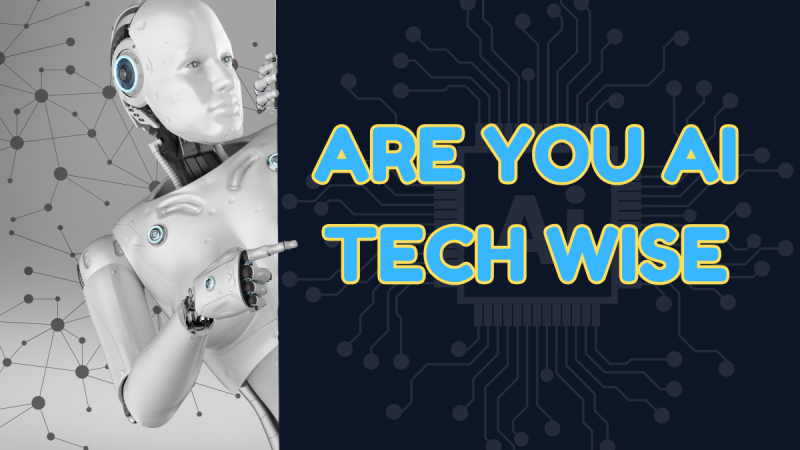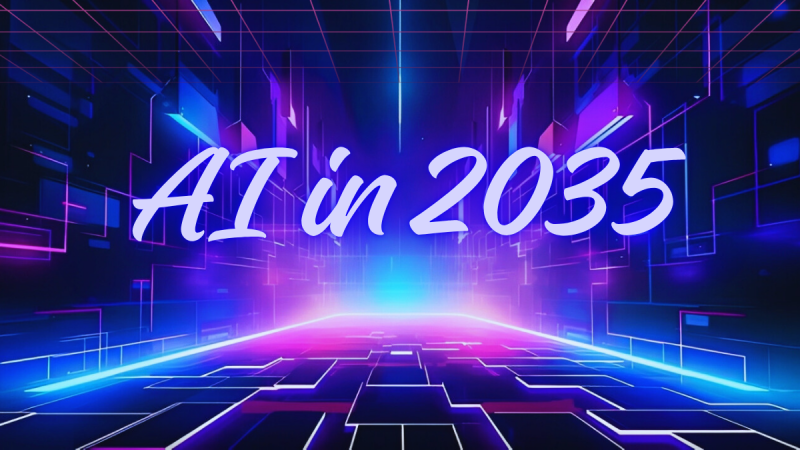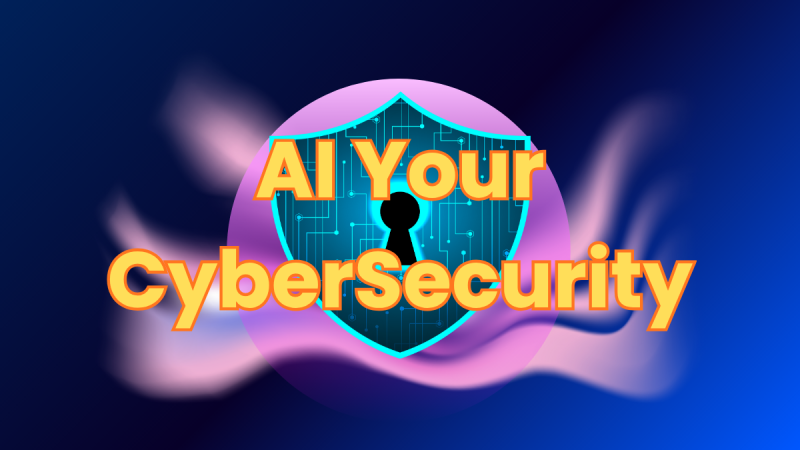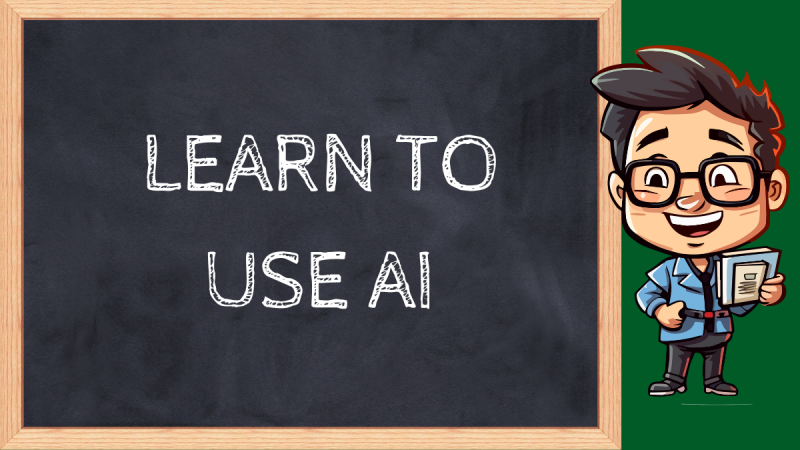AI is rapidly transforming education
Many educators have recognised a chance to use this new technology to help their students thrive, and are asking “how can AI help students in practical and meaningful ways?”
From personalised learning and productivity boosts to fostering inclusion and supporting creativity, AI-powered tools are revolutionising how students engage with their studies and develop vital skills. This comprehensive guide dives into how AI is helping students, outlining 10 key benefits, exploring specific tools students can use, and addressing important challenges to consider for responsible implementation in educational settings.
How Can AI Help Students? Exploring AI’s Broad Impact on Student Learning, AI is a branch of computer science that enables machines to mimic human intelligence – understanding language, recognising patterns, solving problems, and learning continuously. In education, this means that AI systems can analyse vast amounts of student data to create personalised learning experiences, adapt instructional content, and provide instantaneous feedback in ways that were impossible with traditional methods.
When educators ask how can AI help students, the answer encompasses multiple dimensions. AI enhances learning by adapting to individual student needs, making complex content accessible, and fostering independence. It assists teachers by automating routine tasks and providing rich insights into student progress. Fundamentally, AI can transform classrooms from uniform lecture halls into dynamic spaces that promote creativity and critical thinking tailored to each learner.
How AI helps students varies widely: it can suggest personalised exercises, simulate real-world experiments via virtual labs, provide language practice tools, or even detect when a student is struggling and offer proactive support. While we can recommend tools and approaches, it’s ultimately up to educators to draw on their understanding of their students’ unique needs and strengths to thoughtfully integrate new technologies into classroom practice and learning plans.
These capabilities create not only more engaging educational environments but also more equitable ones by offering tailored opportunities that overcome diverse learning challenges.
Five to Seven Ways Students Use AI to Learn Better, Educators interested in the positive effects of AI in education will find these key applications especially valuable for their students
Personalised Learning Pathways, AI analyses vast pools of performance data to tailor lesson plans, homework, and assessments to individual student abilities and learning styles. Instead of a one-size-fits-all curriculum, AI helps students progress at their own speed – spending more time on challenging topics while accelerating through material they grasp quickly. This personalised approach empowers students to learn more efficiently and with less frustration.
For example, AI software can monitor how quickly a student answers questions or the types of mistakes they make, adjusting difficulty levels accordingly. This continuous adaptation both motivates and supports learners at every stage. Educators can leverage insights from these systems to fine-tune instruction and intervene when necessary.
24/7 Chatbots, Students no longer need to wait until class or office hours to get help. AI-powered chatbots and virtual tutors provide immediate assistance, answering questions, explaining concepts, or hinting at problem-solving strategies anytime and anywhere. This empowers learners to take ownership of their education and stay engaged beyond the classroom — even when you’re offline and taking a well-earned break.
Writing Assistance and Enhanced Research, Many students struggle with organising thoughts or proper grammar. AI writing assistants support the drafting process by suggesting structures, checking grammar, and even helping brainstorm ideas. These tools foster confidence and help students develop stronger writing skills over time.
On the research side, AI can summarise large texts, suggest relevant sources, and help manage citations, allowing students to focus more on critical thinking and synthesis of ideas rather than getting bogged down in clerical tasks.
Accessibility and Inclusion, AI tools break down barriers for students with disabilities by providing speech-to-text, real-time captioning, screen readers, and language translation services. This promotes equitable access to information and enables special needs students to participate fully in lessons with much greater ease and independence.
Gamification and Immersive Experiences, Through gamified learning environments powered by AI, students remain motivated by rewards and challenges tailored to their progress. AI also drives immersive platforms featuring augmented or virtual reality, which bring abstract or complex concepts to life – for example, virtual field trips or interactive science simulations. These approaches cultivate deeper engagement and real-world understanding.
Some educational games use AI to adapt as students play – for example, adjusting difficulty based on performance or offering tailored hints. Others are static, offering the same experience to every user. Recognising which tools respond dynamically (and how) helps teachers make informed choices about which resources support personalised learning most effectively.
Progress Tracking and Self-directed Learning, AI dashboards visualise student progress in real time, highlighting strengths and areas needing improvement. This transparency encourages students to reflect on their learning habits and goals, fostering valuable metacognitive skills that support life-long learning.
Language Learning Tools, AI chatbots and language apps that offer instant pronunciation feedback, translation, and conversational practice allow students to advance their fluency independently. These tools replicate near-human interaction, providing a safe space for trial and error beyond the classroom.
A prominent example is Duolingo, a widely-used AI-powered language learning platform that has revolutionized how students learn languages globally. Duolingo uses adaptive AI algorithms to personalize lessons according to each learner’s pace and proficiency, ensuring an optimal challenge level that maintains engagement. The app includes interactive exercises covering speaking, reading, writing, and listening skills, combined with gamified elements to motivate learners consistently.
These examples highlight how AI helps students overcome traditional barriers to learning and create personalised, adaptive, and engaging educational experiences.

